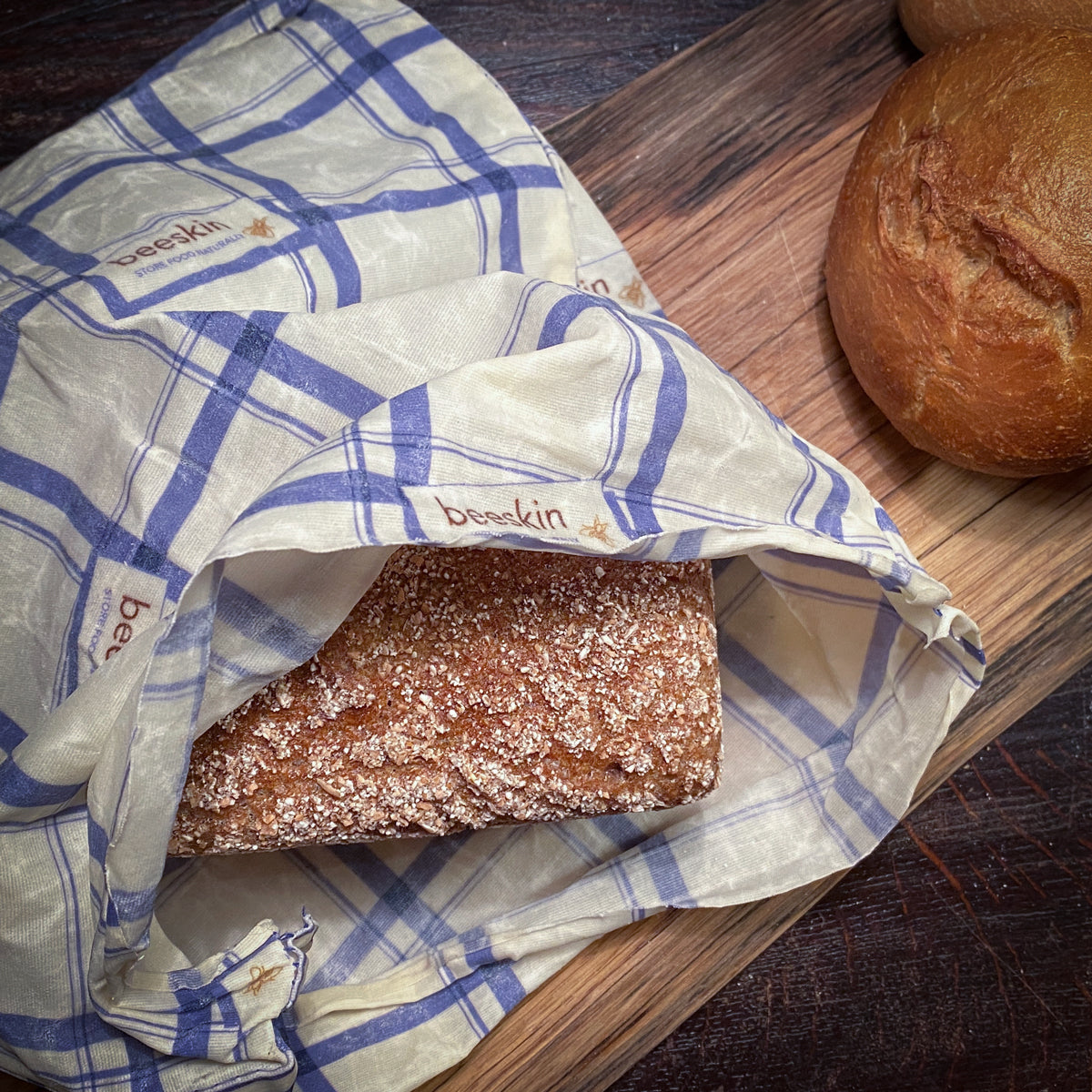Fresh bread, spread thickly with butter and perhaps a little salt - sometimes the simple things are the best. However, bread needs to be stored properly so that it can be enjoyed for a few days.
The water is the problem
It is important to understand that any kind of bread contains water. This water is bound by the starch in the flour. This water is constantly released into the environment. This is why bread molds very quickly under plastic. What 14% (according to the survey institute Statista) of all bread eaters do wrong: bread should never be stored in the refrigerator. The cold in the fridge causes the bread to lose 3x as much water as at room temperature and it simply "dries up". And anyone who has ever eaten bread from the fridge knows that this bread just doesn’t taste good anymore.
There is one exception, however: hot and humid summer days. When summer temperatures reach 30°C and the humidity is high, all food, fruit, vegetables and even bread and rolls unfortunately go moldy very quickly. On these days, baked goods actually stay fresh longer in the fridge - but unfortunately, they don't taste any better.
If cold, then please put them in the freezer and preferably in pre-cut slices. If necessary, simply defrost the desired amount at room temperature and toast or roast in the oven if required.
In general, bread keeps best fresh at room temperature. A whole bread also offers less surface for mold and drying out and, according to the law, may not be baked with preservatives.
The type of bread also determines its shelf life. Wheat breads, such as baguettes, unfortunately do not stay fresh as long as rye breads, for example. This in turn has to do with the moisture contained in the bread.
On average you can say that
- Wheat bread lasts 2 days,
- Rye bread 3-4 days
- Wholemeal bread keeps fresh for 7-9 days.
Bread is often sold in plastic bags, at the bakery in paper bags. Which is correct?
Plastic seals a bread airtight, i.e., there is no more air circulation, but the bread still produces moisture and sweats under the plastic. The perfect breeding ground for mold-causing bacteria.
In paper bags, on the other hand, the moisture is absorbed by the paper and the bread will dry out more quickly.
Specially developed bread boxes are available in a wide variety of materials, but generally they all have one of these two properties in common: they are either ventilated by air holes or they absorb humidity through the material used and release it again. This is the case, for example, with unglazed clay pots or Roman pots.
Here, however, you should also pay attention to cleaning. Crumbs or old bread residues provide a breeding ground for germs and thus for mold. That's why it's recommended that you use vinegar or vinegar essence once a week to get rid of these germs.
So what is the best way and why?
By far the best way to keep bread fresh for longer is to use our beeskins. The coarsely woven fabric and the mixture of wax, resin and oil allow the bread to breathe, but at the same time protect it from drying out. Air can thus circulate, but keeps the moisture in the baked goods. Home-baked breads sweat even more after baking. We recommend wrapping these breads tightly but loosely with beeskin on the first day. Approximately so that a finger fits between the cloth and the bread. As the days go by, the beeskin can then be wrapped tighter and tighter around the bread.
We offer both bags and cloths, but the principle is always the same. For several rolls, the bag is certainly easier to use, while a loaf of bread is easier to wrap in a single beeskin.

After use, simply "uncrumb" the beeskin and, at the latest when a new loaf is to be wrapped, wash it with our beeskin dish soap, let it dry well and use it again straight away. Freezing is also no problem in beeskin - by the way, this also works excellently with pizza or cakes. And if something does get moldy? Here, too, you can wipe the beeskin with a little vinegar water or vinegar essence.
Have a look at the beeskin bags and wraps here.
Have a look at the beeskin bags and wraps here.



